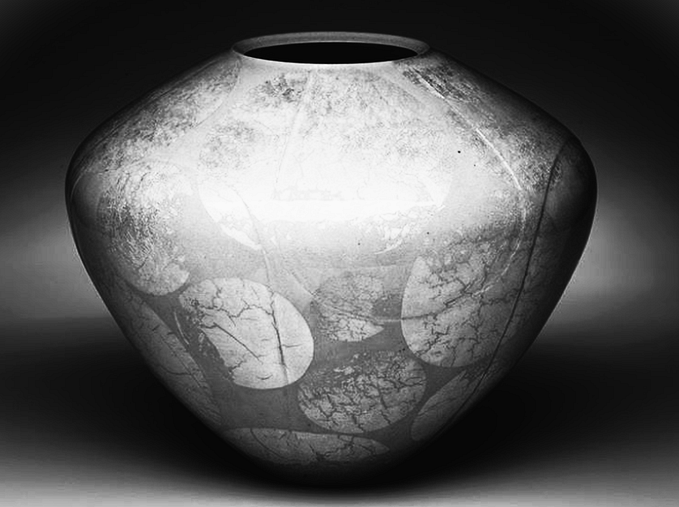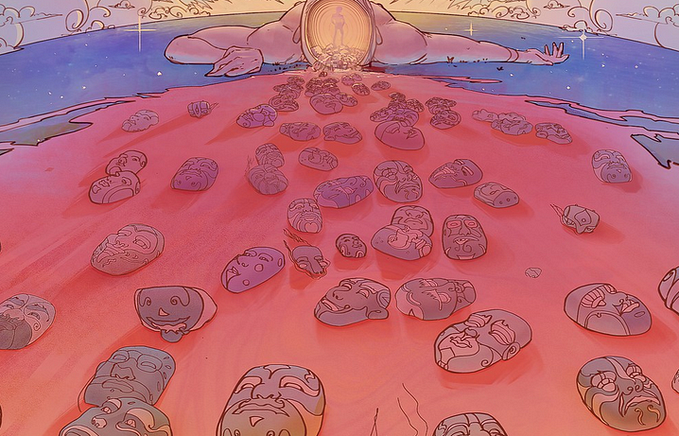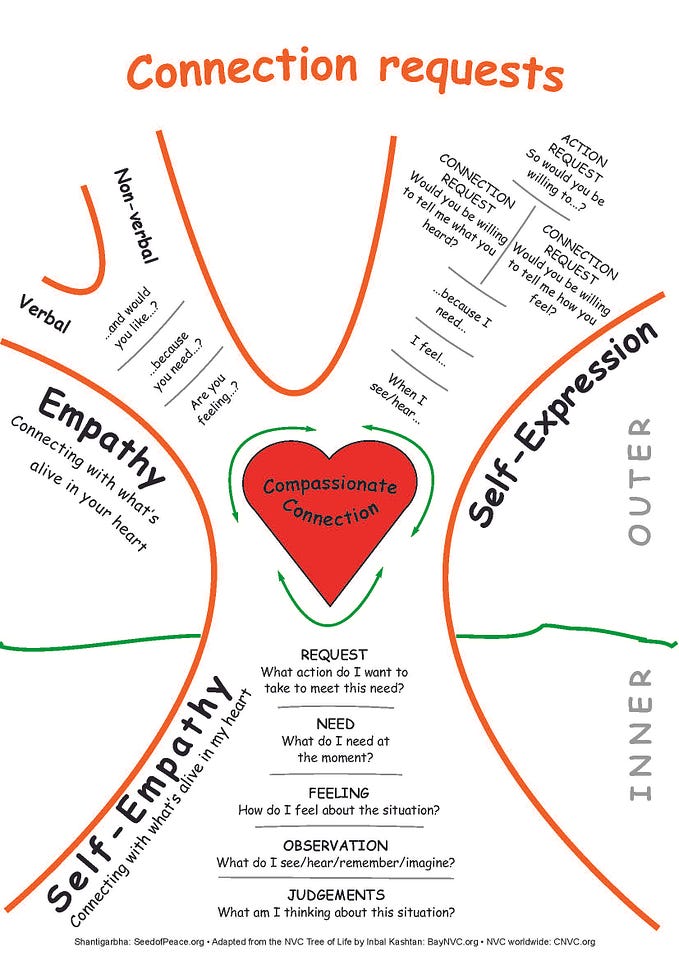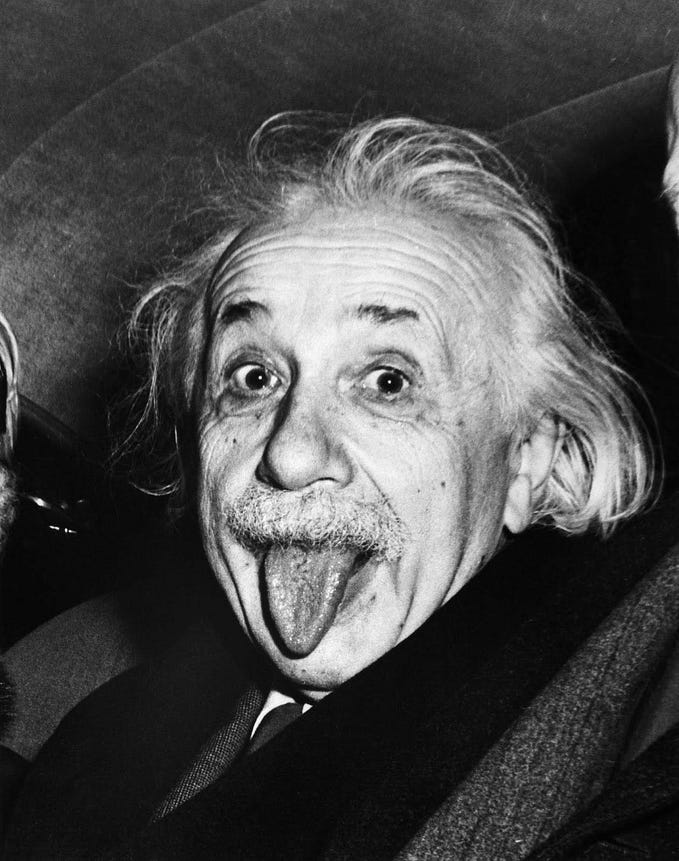RUL Determining for Continuous Casting Machine Mold Sleeve

Solution by: waico.ru
Challenge
A continuous casting machine (CCM) is a unit that allows for transforming liquid steel into a solid billet of a given section, from which rolling is subsequently produced (for example, rebar).
The mold sleeve is the most critical and quick-wear part of the CCM mold. The sleeve is a water-cooled copper pipe with a round or profile section. In contact with the walls of the sleeve, the molten metal crystallizes, and the primary solid shell of the ingot is formed.
The main production problem faced during the operation of sleeves is the formation of defects in the surface of the copper pipe of the sleeve — the distortion of the profile of its inner cavity. This disrupts the thermal mode of operation, which in turn affects the quality of the resulting ingots: shape defects appear (for example, the diagonals of a square ingot are unequal and the so-called “rhombicity” defect occurs), the dimensions of the sides change, and cracks in the corners may appear. These defects lead to problems in the following redistribution (in rolling): the quality of products decreases, and the number of rejects increases, adversely affecting production economics. The sleeve dimensions are measured with a certain frequency along the entire length. If these dimensions deviate from the main parameters, they are rejected.
There may be a decrease in the service life of the copper sleeves of the mold in production, that may be associated with a change in the operating parameters of the continuous casting machine itself (temperature of the incoming steel, temperature of cooling water, etc.).
The actual life of the mold sleeve is often less than that stated by the manufacturer, which leads to additional equipment downtime and increases the possibility of accidents and additional production costs.
Solution
In the process of work, the system of automatic control of the technological process of casting blanks creates a database of parameters for melts.
The resulting software product analyzes these parameters and makes a conclusion about the remaining useful life of the mold sleeve.
The process engineer independently determines the frequency of launching the analysis program.
After removing the mold sleeve for revision, the initial data on the technological parameters of the casting, the geometry of the obtained billet, and other parameters that can be unloaded from the SCADA are entered into the application.
The result of the model is:
a) the degree of wear of the liner and the number of heats it can withstand before it should be replaced;
b) requirements for technological parameters that should be adjusted in order to achieve the guaranteed durability.
Related articles
For introduction into Remaining Useful Life (RUL) determination, you can visit this link.
For introduction into Anomaly Detection, you can visit this link.








